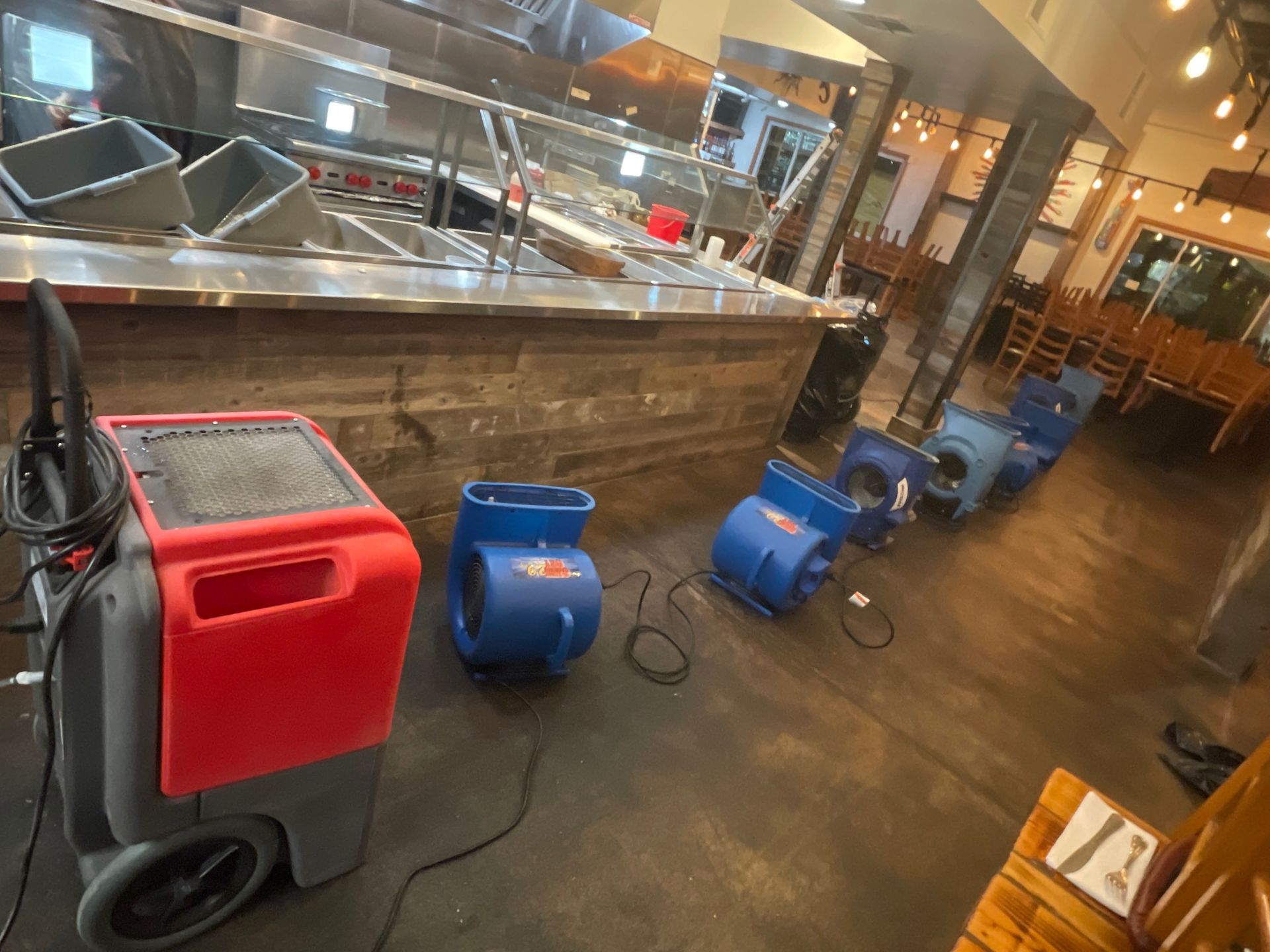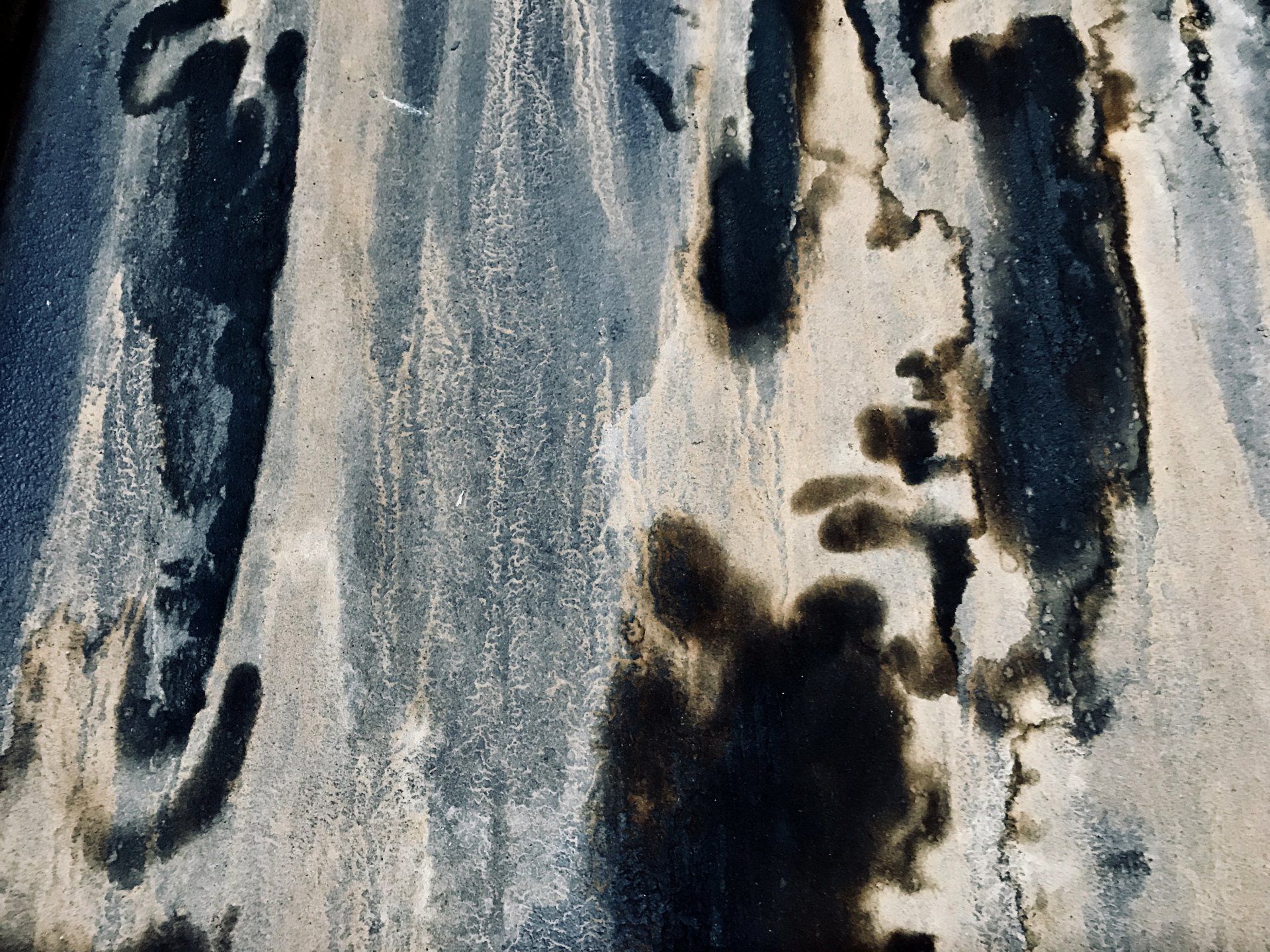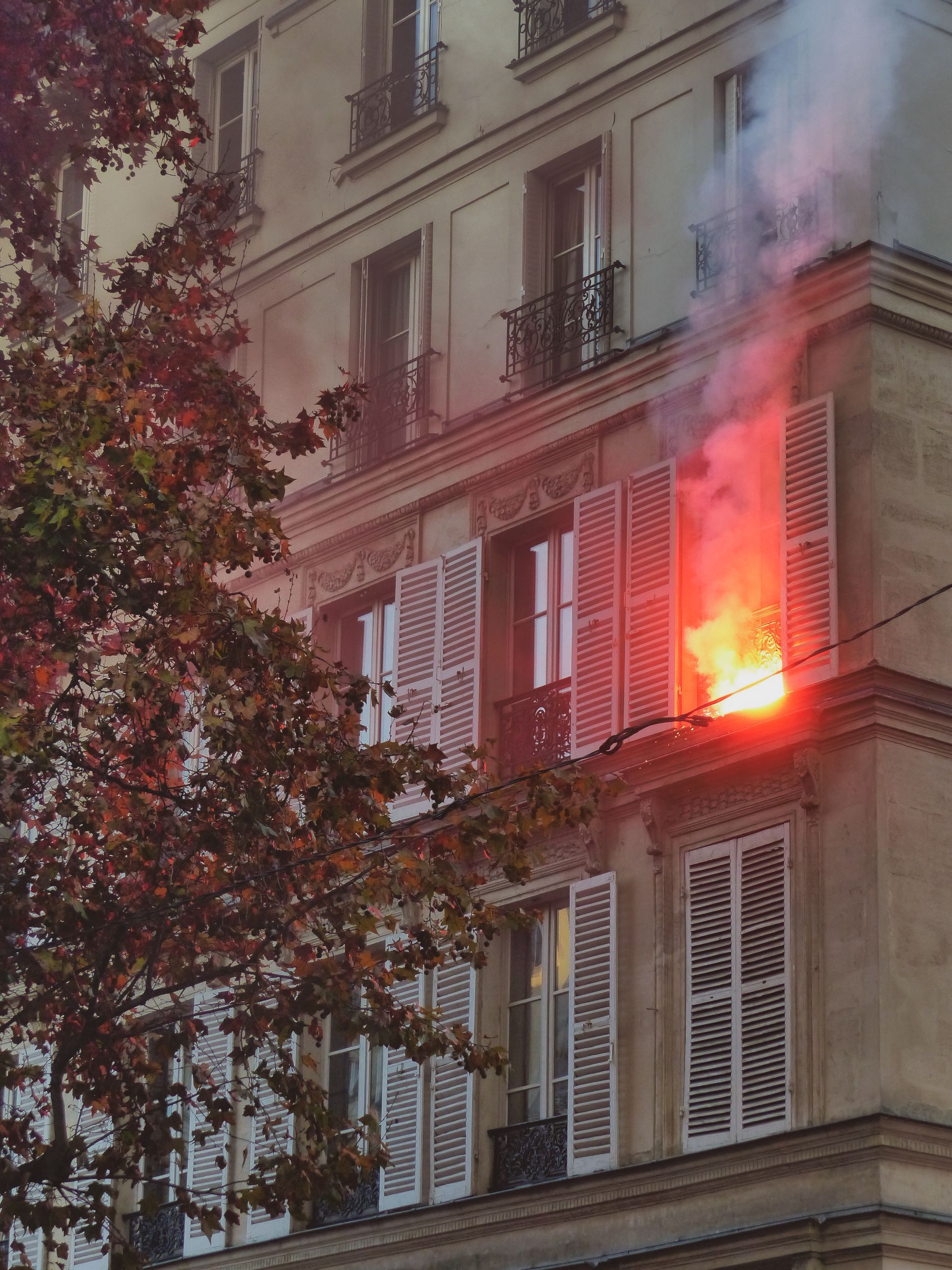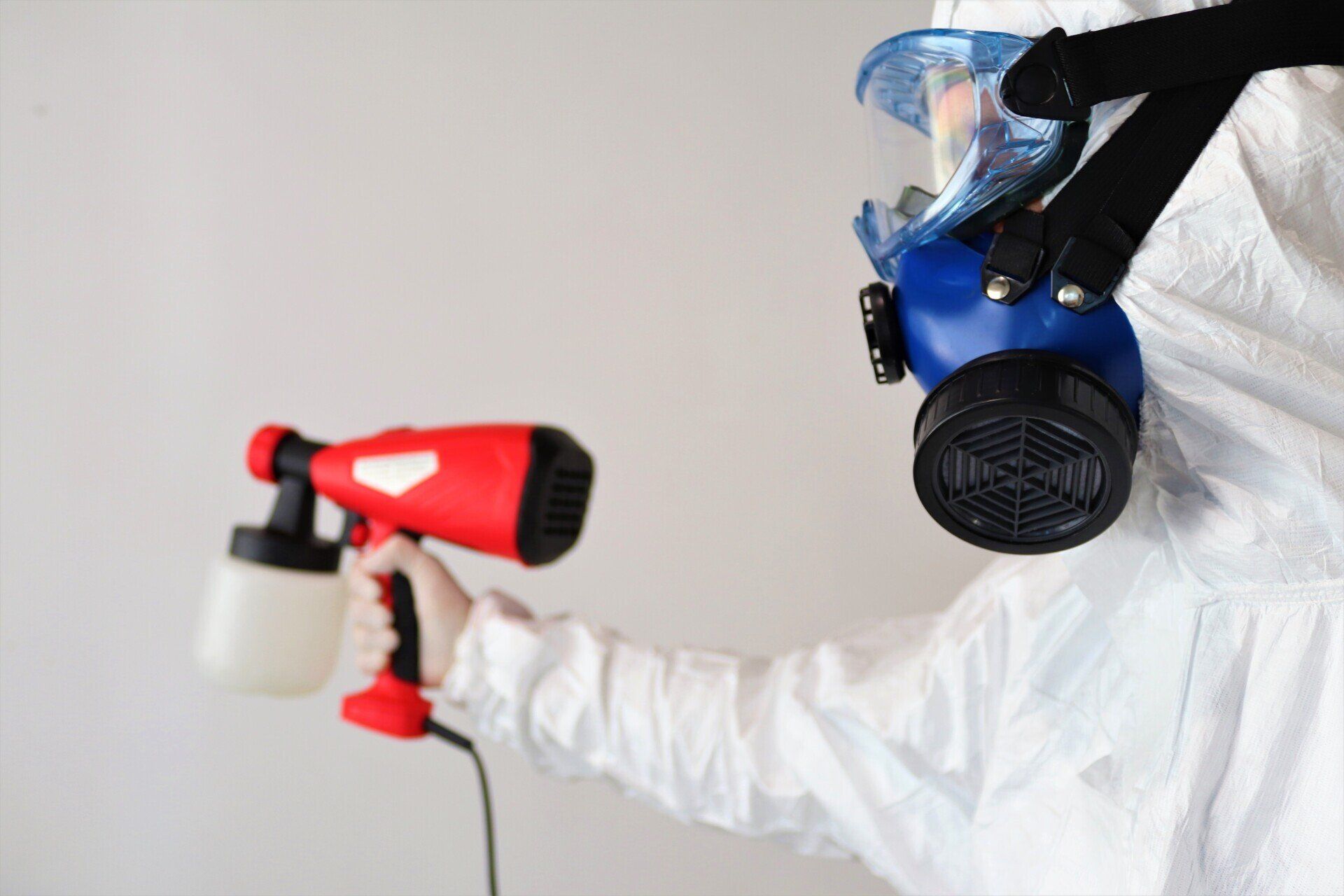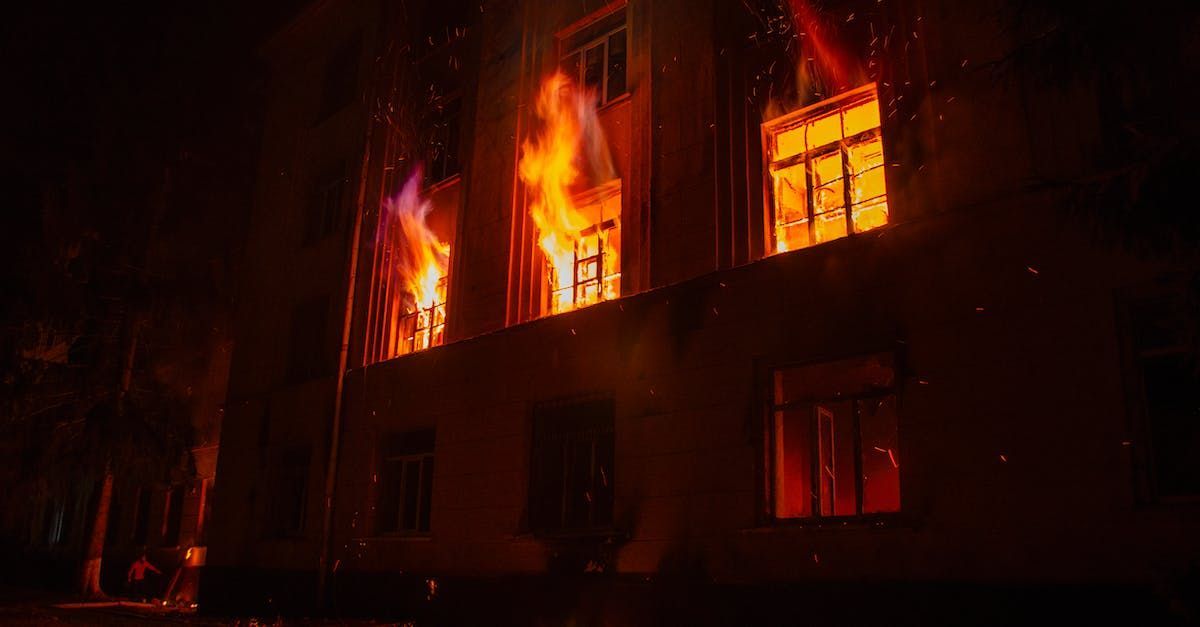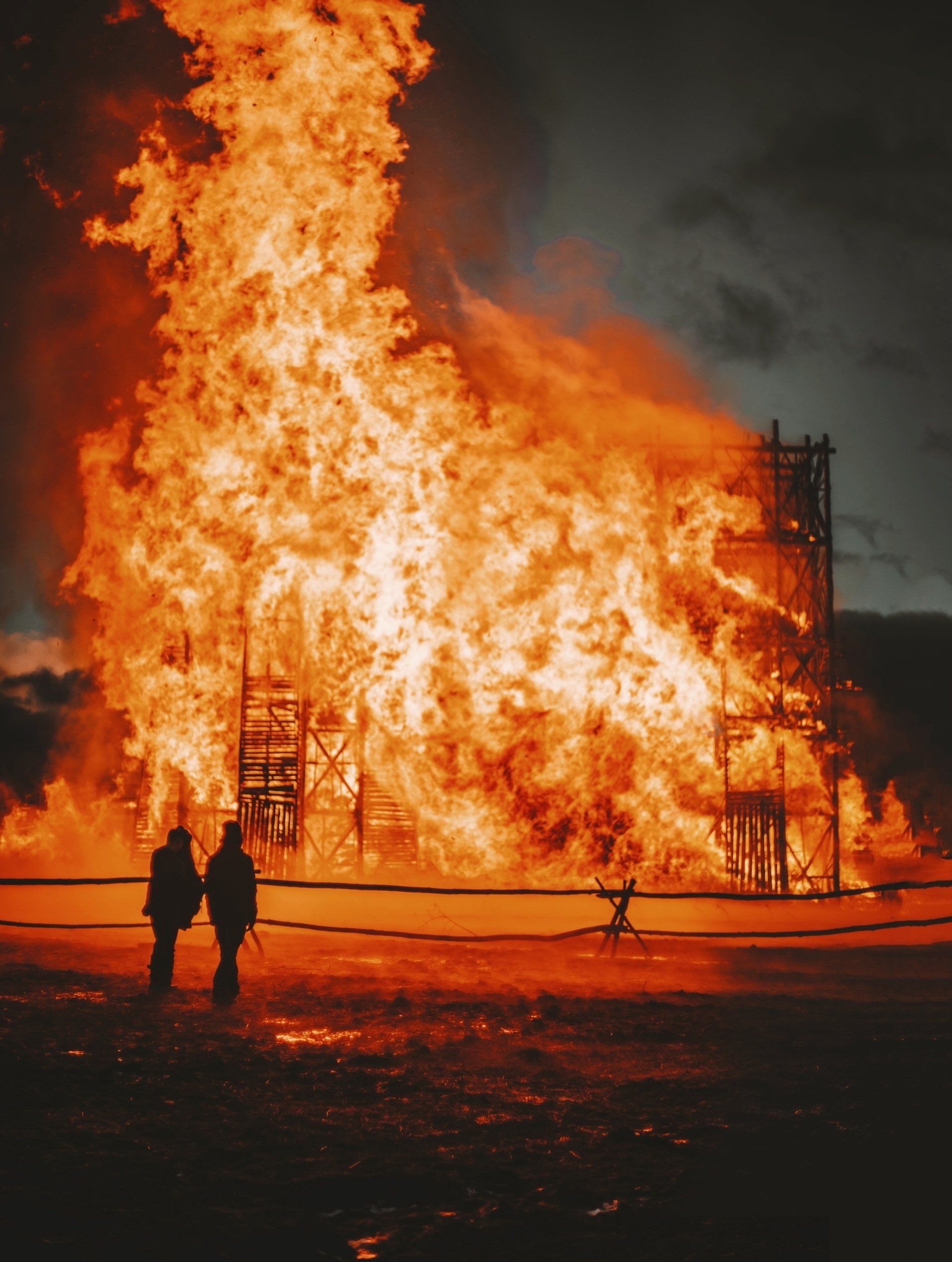How to Prevent Fire Damage in Your Commercial Building
Fire safety is an elemental concern for any commercial establishment, given the devastating impact of fire incidents. Statistically, commercial fire damage accounts for a significant portion of property losses annually, underlining the critical need for stringent fire prevention measures. These incidents not only result in financial setbacks but also pose serious risks to the safety of employees and customers, potentially leading to business closure. In this article, we will explore essential strategies to prevent fire damage in your commercial building. By emphasizing proactive measures and adherence to safety protocols, businesses can significantly mitigate the risks of fire-related damages and ensure a safer working environment for all.
Understanding the Risks: Why Commercial Fires Happen
Commercial fires can stem from a variety of sources, with electrical malfunctions, heating systems, and improper disposal of cigarettes being among the most common. Electrical issues, often resulting from overloaded circuits or faulty wiring, can lead to sparks igniting nearby flammable materials. Heating equipment, especially in colder climates, poses risks when not properly maintained or placed too close to combustible materials. Similarly, smoking in or around the premises without adequate safety measures can quickly escalate into a fire.
The nature of a business significantly influences its fire risks. For instance, restaurants equipped with kitchens face different hazards compared to office buildings, which mostly deal with electrical devices and paper. The presence of cooking equipment, oils, and open flames in restaurants necessitates specialized fire suppression systems to address these unique challenges. Conversely, offices need to focus on managing electrical loads and ensuring that smoking policies are strictly enforced to minimize risk.
Conducting a thorough risk assessment is paramount in identifying potential fire hazards specific to a commercial property. This evaluation enables businesses to tailor their fire prevention strategies effectively, addressing areas of vulnerability unique to their operations. Comprehensive risk assessments help significantly reduce the likelihood of commercial property fire damage, safeguarding not only the financial assets but also the lives of employees and customers. By understanding and mitigating these risks, businesses can create a safer environment, thus preventing potential disasters before they occur.
Essential Strategies for Preventing Fire Damage in Commercial Properties
Proactive fire safety practices are crucial in safeguarding commercial properties against fire damage. By prioritizing prevention, businesses can protect their assets, ensure the safety of employees and customers, and maintain operational continuity.
1. Conduct Regular Fire Risk Assessments
Regular fire risk assessments are vital in identifying potential fire hazards within commercial settings. These assessments should methodically evaluate all aspects of the property, including electrical systems, storage areas, and emergency exits, to pinpoint risks and implement necessary preventative measures. Ideally, these assessments should be conducted annually or whenever significant changes occur within the building. It is recommended that qualified professionals experienced in fire safety carry out these critical evaluations to ensure comprehensive risk identification and mitigation.
2. Install and Maintain Fire Detection Systems
Early detection of fire is essential for minimizing damage and protecting lives. Installing reliable fire detection systems, such as smoke alarms and heat detectors, provides an immediate alert to the presence of fire, allowing for quick response. Ensure these systems are strategically placed throughout the property, particularly in high-risk areas, and rigorously maintain them through regular inspections, testing, and necessary adjustments to guarantee their operational integrity at all times.
3. Ensure Electrical Safety
Ensuring electrical safety is imperative to preventing commercial fires. Common hazards include overloaded circuits, outdated wiring, and the misuse of extension cords. Routine inspection and maintenance by certified electricians can identify and rectify these risks. Businesses should enforce strict guidelines on electrical equipment usage, advocate for regular professional check-ups, and educate employees on recognizing signs of electrical failure. These proactive measures help significantly minimize the risk of electrical fires.
4. Implement Fire Suppression Solutions
Implementing fire suppression systems, such as sprinklers and extinguishers, is a critical aspect of fire safety in commercial buildings. Sprinkler systems provide widespread coverage and can automatically douse a fire, minimizing damage. Extinguishers offer targeted responses to incipient fires when used correctly. Ensuring these systems are accessible and employees are trained on their proper usage is vital. Regular maintenance checks are imperative to confirm their functionality, ensuring they operate effectively during an emergency.
5. Safe Storage of Flammable Materials
Proper storage and handling of flammable materials, such as solvents, cleaning agents, and aerosols, are crucial in commercial settings to prevent fires. These substances should be kept in designated areas, away from ignition sources, in containers designed for flammable materials. It's essential to label these substances clearly and ensure they are only accessible to trained personnel. Regular training on the correct handling procedures further minimizes the risk, emphasizing the importance of containment and safety.
6. Conduct Regular Fire Safety Training
Employee training in fire safety is crucial for ensuring quick and appropriate response in emergency situations, potentially saving lives and reducing property damage. Effective training programs should include theoretical knowledge of fire safety protocols, hands-on practice with fire extinguishers, and evacuation drills. These sessions should occur annually or when new hazards are introduced, covering fire prevention strategies, correct use of fire suppression systems, and evacuation procedures to reinforce a culture of safety and preparedness.
7. Maintain Clear Escape Routes and Evacuation Plans
Ensuring clear and accessible escape routes is fundamental for safe evacuation during a fire. Develop comprehensive evacuation plans detailing all exits and meeting points and communicate these to all employees. Incorporate signage to guide individuals during an emergency. Regular fire drills reinforce this knowledge, training staff to react promptly and efficiently. This proactive approach is crucial in minimizing risks and ensuring the safety of all individuals within the commercial property.
8. Utilize Fire-Resistant Materials and Fire Doors
Incorporating fire-resistant materials in construction and installing fire doors play pivotal roles in slowing the spread of fire, ensuring structural integrity, and providing crucial escape time. Ensuring these elements adhere to code involves regular inspections, using materials rated for specific fire-resistance durations, and maintaining fire doors for proper closure and seal integrity. These measures are indispensable in fortifying commercial properties against the devastating impact of fires.
9. Enforce Strict Smoking Policies
Smoking in commercial areas significantly increases the risk of fire due to improper disposal of smoking materials. Implementing strict smoking policies and designating specific smoking areas away from flammable materials are effective strategies to mitigate these risks. Ensuring these areas are equipped with appropriate disposal bins for extinguishing cigarette butts is crucial. Such measures not only minimize the potential for fires but also underscore a commitment to safety and health within the commercial environment.
10. Stay Compliant with Fire Safety Regulations
Adhering to local fire safety regulations is paramount for safeguarding lives and property. Regular inspections identify potential hazards, ensuring compliance with up-to-date safety standards. Staying informed about fire safety compliance can be achieved through official government websites, professional fire safety organizations, and regular consultations with fire safety experts. This commitment to compliance not only enhances safety but also reinforces a culture of responsibility and preparedness within a commercial setting.
How to Respond to a Fire Emergency
In the event of a fire, immediate and calculated actions are imperative to minimize harm to individuals and damage to property. The crucial first step is to ensure a calm and orderly evacuation of all personnel from the premises, emphasizing the importance of not succumbing to panic. Clear communication is key; employees should be informed about the nearest exits and assembly points as part of regular fire safety training. It's also vital to account for all personnel once an evacuation has been completed to ensure no one is left inside the building.
Simultaneously, the local fire department and emergency services must be alerted at the earliest opportunity. This action should be delegated to a designated individual as part of an emergency response plan to ensure it's not overlooked in the chaos that a fire can cause. Coordination with these services is crucial; providing them with detailed information about the location and nature of the fire can save valuable time and resources. Upon their arrival, defer to their expertise and instructions. They are trained to manage these situations with precision and should be regarded as the authority on the scene.
Adhering to these guidelines can significantly influence the outcome of a fire emergency, prioritizing the safety of all affected individuals and aiding in the swift extinguishment of the fire.
Post-Fire Recovery Strategies
In the aftermath of a fire, handling the situation with precision and care is crucial for a swift recovery and return to normalcy. Consulting with your insurance provider immediately to report the incident is a fundamental step. Providing a detailed account of the damages and maintaining an inventory of losses will facilitate the claims process. It's imperative to have comprehensive insurance coverage that not only includes property damage but also accounts for business interruption, as this can significantly mitigate financial losses during the recovery period.
Choosing a reputable fire restoration company is equally important. Look for certified professionals who specialize in commercial fire damage restoration. These experts are equipped with the knowledge and tools necessary to perform thorough clean-up, structural repairs, and smoke damage remediation. Ensure the company you select has a proven track record of dealing with commercial properties, and verify their references and reviews.
Remember, prompt and informed actions can greatly influence the course of recovery following a fire. Investing in comprehensive fire insurance coverage and partnering with a skilled fire restoration company are pivotal in navigating post-fire challenges effectively, ultimately safeguarding the future of your business.
Safeguard and Restore: A Comprehensive Approach to Fire Safety
In the unfortunate event of a fire, a quick and effective response is crucial to mitigate damage and ensure a swift return to normalcy. First Call Restoration stands as your premier partner in such critical times, offering specialized fire damage restoration services. Our team of certified professionals is equipped with cutting-edge technology and techniques to restore your property to its pre-loss condition efficiently. From smoke and soot removal to structural repairs and odor elimination, we cover all aspects of fire damage recovery. Don't wait for the aftermath to overwhelm you—contact First Call Restoration today and take the first step toward a safe and secure recovery.

Quick Links
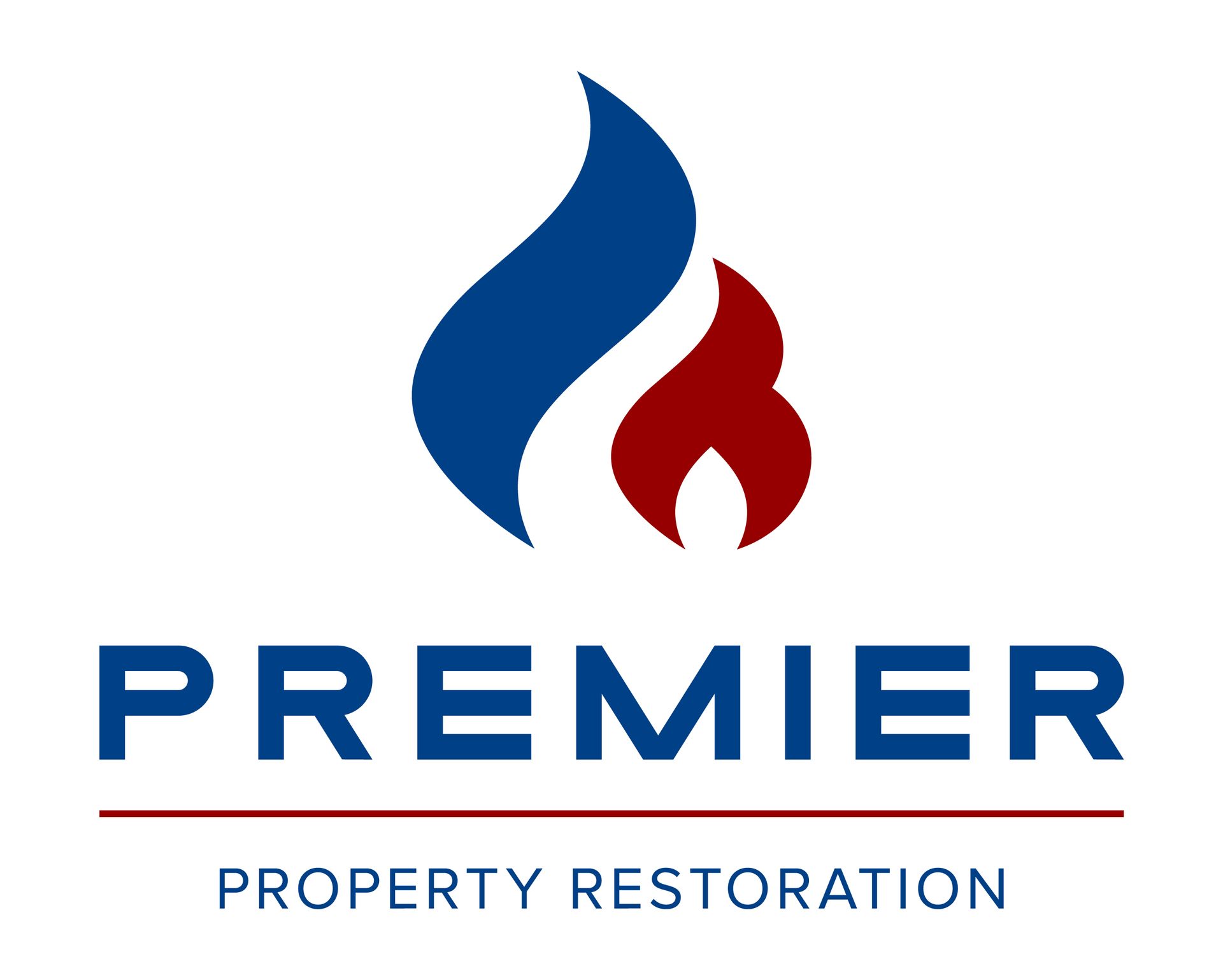
Premier Property Restoration is a trusted IICRC-certified contractor specializing in water, fire, and mold damage restoration in New Orleans and the surrounding areas. With a commitment to rapid response and high-quality service, we ensure your property is restored efficiently and effectively. Our expert team handles everything from emergency response and damage assessment to thorough cleanup, sanitation, and reconstruction. Accepting all insurance claims, we aim to make the restoration process as seamless as possible. Choose Premier Property Restoration for reliable, professional restoration services that prioritize your peace of mind and property safety.
Office Locations
Premier Property Restoration of New Orelans
4955 W Napoleon Ave #3102, Metairie, LA 70001
© 2023 • Premier Property Restoration • All Rights Reserved

